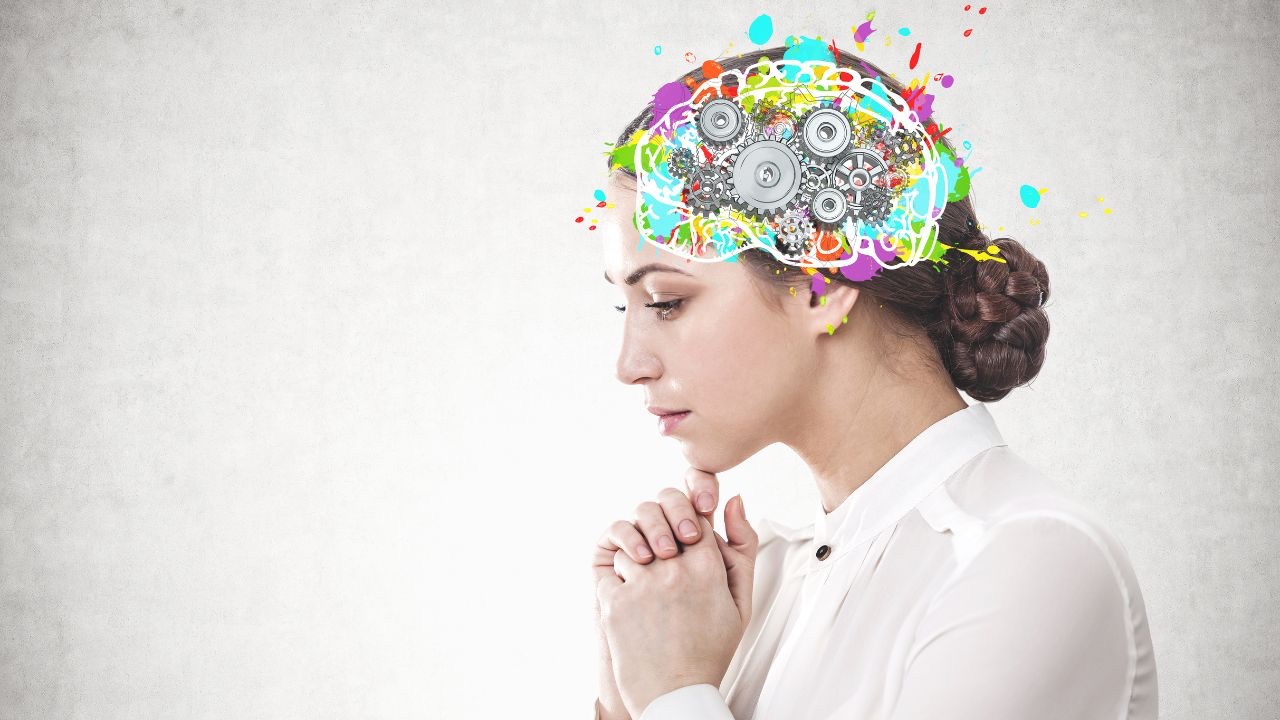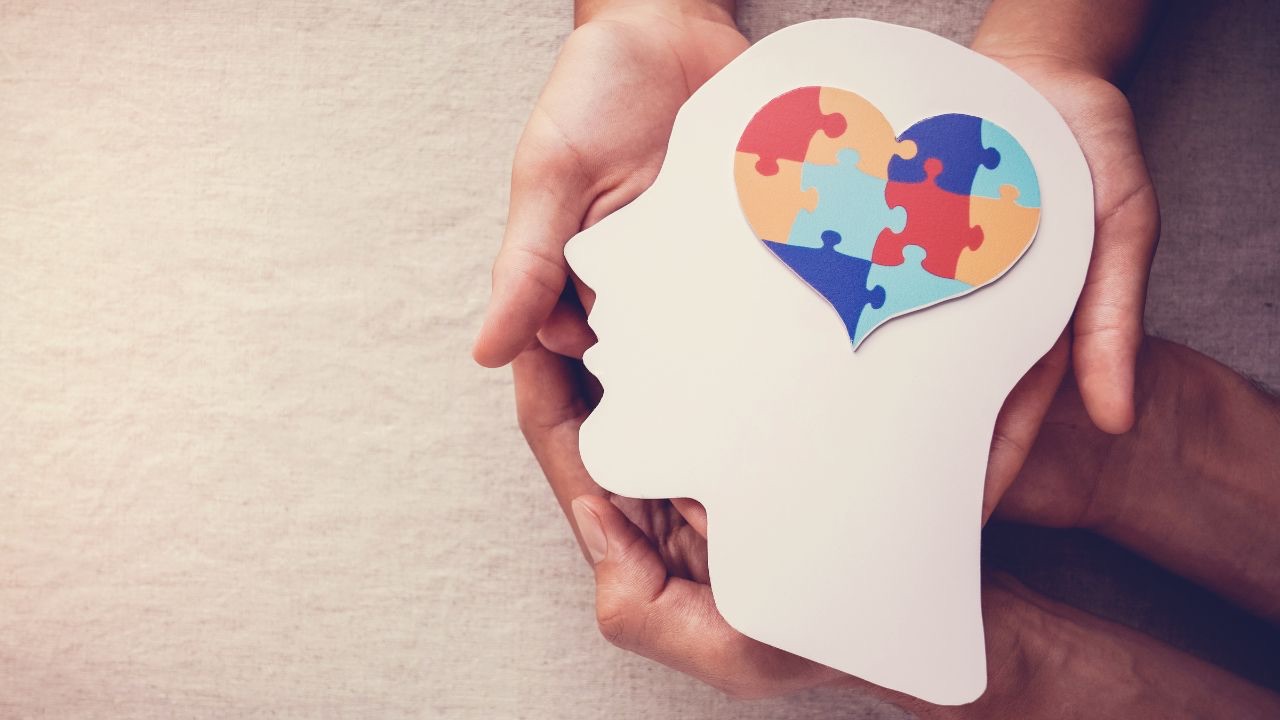Device Use At Night Disrupts Sleep And Impacts Your Health

![]()
The impact of light exposure prior to sleep is a significant issue that has become increasingly prevalent in modern society due to the widespread use of electronic devices and artificial lighting. Exposure to light at night has been linked to numerous negative health outcomes, including disrupted sleep patterns and increased risk of chronic diseases such as diabetes, obesity, and depression. Understanding the impact of light exposure on sleep is important to address because it has profound effects on the brain and body, and can impact overall health and well-being.
Light exposure at night can have a significant impact on the brain and its functioning. The suprachiasmatic nucleus (SCN) in the hypothalamus of the brain regulates the circadian rhythm, which governs sleep and wake cycles. Exposure to light at night can interfere with the SCN's ability to regulate these cycles, leading to disruptions in sleep patterns and daytime fatigue. Additionally, this light exposure can affect the production of melatonin, a hormone that is crucial for regulating sleep-wake cycles. Melatonin production is suppressed by light exposure, leading to reduced sleep quality and increased sleep latency (Czeisler et al., 1995).
Furthermore, exposure to light at night has been linked to negative health outcomes such as obesity and diabetes. One study found that participants exposed to light at night had higher levels of insulin resistance, which is a risk factor for diabetes (Reutrakul et al., 2013). Additionally, another study found that exposure to light at night disrupted the secretion of hormones that regulate appetite, leading to increased hunger and potential weight gain (Fonken et al., 2010). These findings suggest that light exposure at night can have significant negative effects on metabolic health.
Depression is another negative health outcome that has been linked to light exposure at night. A study found that individuals who were exposed to light at night had a greater risk of developing depression than those who were not exposed to light (Knutson et al., 2014). The study also found that the longer the exposure to light, the greater the risk of depression. This suggests that light exposure at night may have significant negative effects on mental health as well.
Addressing the issue of light exposure at night is important for maintaining overall health and well-being. One solution is to limit exposure to electronic devices and artificial lighting in the hours leading up to bedtime. Additionally, the use of blue light blocking glasses for two to three hours prior to sleep, and blackout curtains or eye masks during sleep can help to limit exposure to external light sources during sleep. Ensuring a consistent sleep schedule and creating a sleep-conducive environment can also help to promote healthy sleep patterns and limit exposure to light during sleep.
In summary, the impact of light at night is a significant issue that can have negative effects on brain function, metabolic health, and mental health. Addressing this issue is important for promoting overall health and well-being. By limiting exposure to external light sources during sleep and creating a sleep-conducive environment, individuals can promote healthy sleep patterns and reduce the negative impact of light exposure during sleep.





